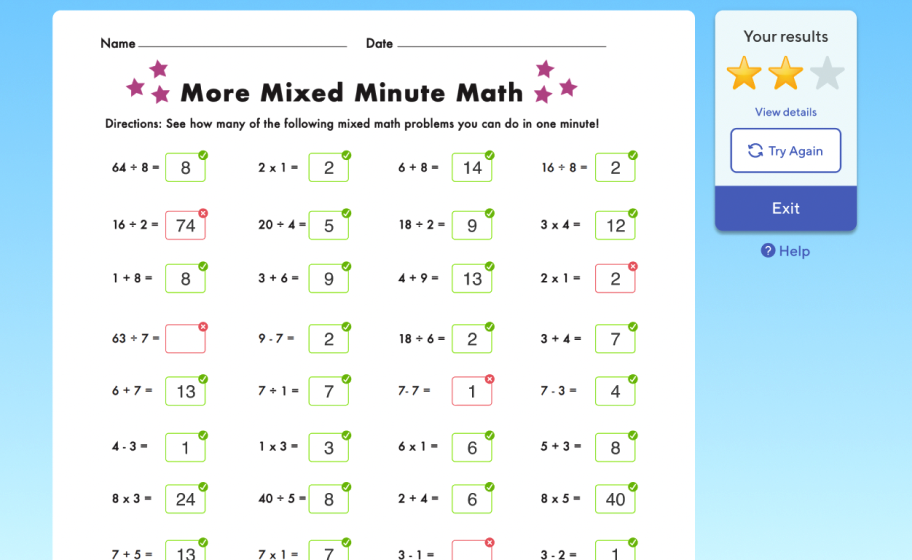- Worksheets
- Games
- Lesson Plans
- Workbooks
- Exercises
- Science Projects
- Skills Progression
- More
Search Printable Coloring Worksheets
3,944 filtered results
3,944 filtered results
Coloring

What are Interactive Worksheets?
Interactive Worksheets bring printable worksheets to life! Students can complete worksheets online, and get instant feedback to improve.
How do they work?
Open an Interactive Worksheet, and create a direct link to share with students. They’ll enter their code to access the worksheet, complete it online, and get instant feedback. You can keep track of submissions in My Assignments.

Sort by
























